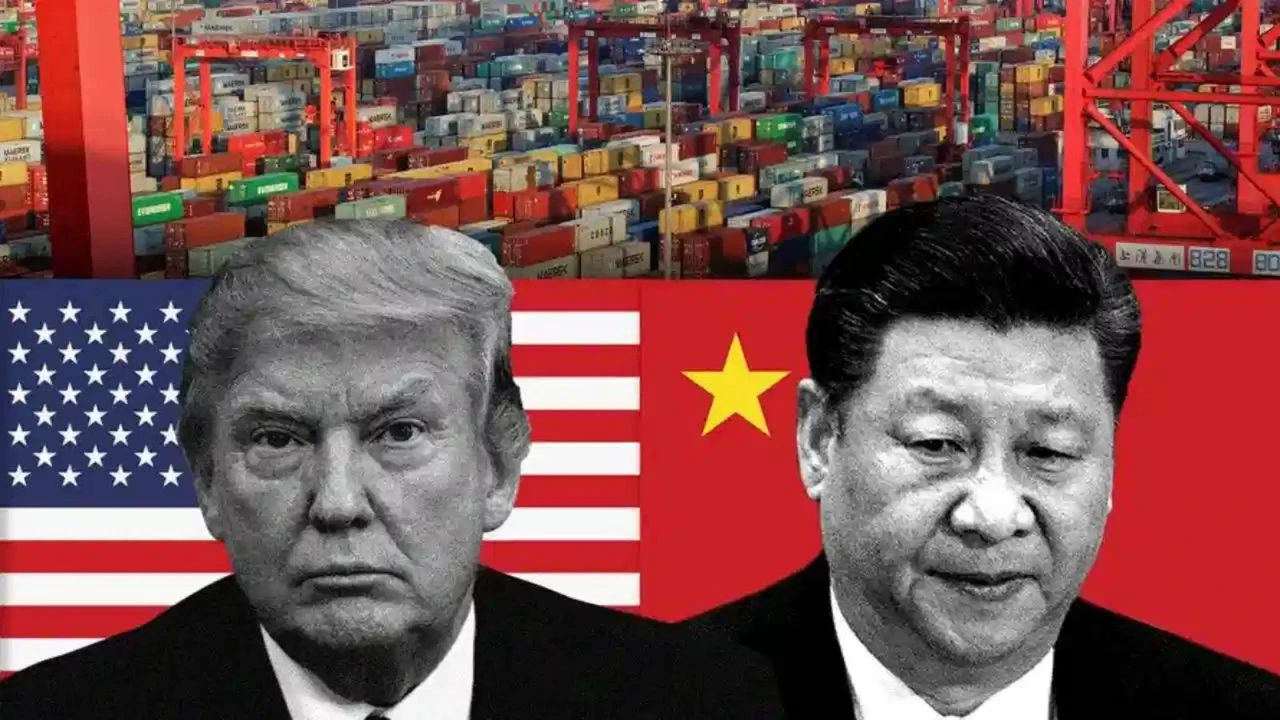New Delhi: The United States has pushed the pause button on its tariff fight with China for another ninety days. President Donald Trump said he signed the extension and that everything else in the deal remains as is.
The deadline was minutes away.
Without this extension, US duties on Chinese goods could have climbed from an already high thirty per cent, and Beijing was ready with higher retaliatory levies of its own. For now, that cliff has been avoided, and American companies with ties to China are relieved.
Business groups say the extension buys time to negotiate a workable pact that restores market access and gives firms the certainty to plan. The hope is that a summit between Trump and President Xi later this year can lock in a broader understanding. A deal on fentanyl tracking and a path to lower tariffs would reopen stalled US agriculture and energy exports. That is what industry wants and what markets expected when the two sides eased tensions in June.
The last year has shown the limits of brute tariff power. Washington tried to force outcomes with steep duties. Beijing countered with its own leverage by tightening access to rare earths and magnets that are critical for electric vehicles, wind turbines and aircraft engines. In June, the temperature dropped a notch.
The US pulled back some export curbs on chip technology and ethane. China signalled easier access for American firms to rare earth inputs. In May, the two sides stepped away from a full-blown rupture by reducing triple-digit tariffs that had briefly reached as high as 145 per cent on Chinese goods and 125 per cent on US goods. They are still high. America sits at thirty per cent and China at ten per cent on the reset.
Even with the truce, Trump’s protectionist wall is real. The average US tariff has jumped from around 2.5 per cent at the start of the year to 18.6 per cent, the highest since 1933. The European Union, Japan and others have accepted lopsided terms under pressure, taking 15 per cent tariffs to avoid worse. This is a new trading world where the United States uses access as a weapon, and partners scramble to limit damage.
That is why the India angle matters. While Washington keeps a channel open for Beijing, New Delhi has been treated as a punching bag. The talk about Russian oil became a convenient stick to beat India with.
Tariff threats, penalty talk and public hectoring were framed as moral outrage, but the timing and tone looked like pure pressure. A détente for China and a squeeze for India is the message that came through. Indian exporters read it that way, and so did investors watching policy signals.
There is no grand bargain in sight. The tough problems remain. American complaints about weak intellectual property protection, state subsidies and industrial policies in China are not going away.
Experts expect only limited concessions in the next round. More soy purchases, more action on fentanyl precursors and a clearer path for rare earth supplies are the realistic wins. The bigger fight over market structure will drag on, and the trade war will grind forward in slow motion.
For businesses, the next three months are a window, not a solution. Supply chains that leaned on China will keep hedging. US firms will plan around higher baseline tariffs. Chinese suppliers will seek workarounds.
Indian companies need to stay alert to spillovers in electronics, chemicals and metals where rare earths and chip inputs drive costs. Policymakers in New Delhi will have to keep two tracks open at once. One is steady engagement with Washington on tariffs and so-called penalty triggers. The other is a deeper push on domestic competitiveness so that arbitrary trade shocks do not derail growth.
The extension cools nerves on Wall Street and buys negotiators time. It does not change the fact that the White House built a protectionist fortress and used it to arm-twist friends and rivals alike. The China truce is a tactical pause. The bullying of India under the Russian oil pretext exposed the strategy. Businesses should treat this moment as breathing space and not a return to normal.
